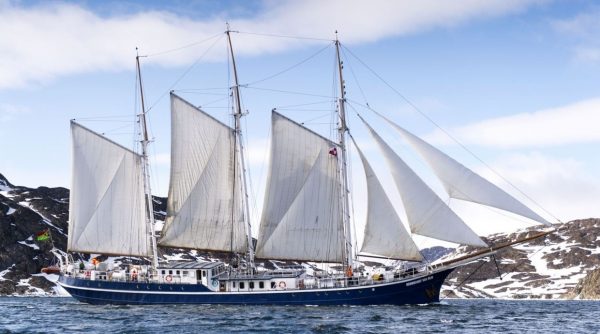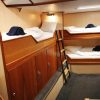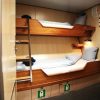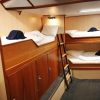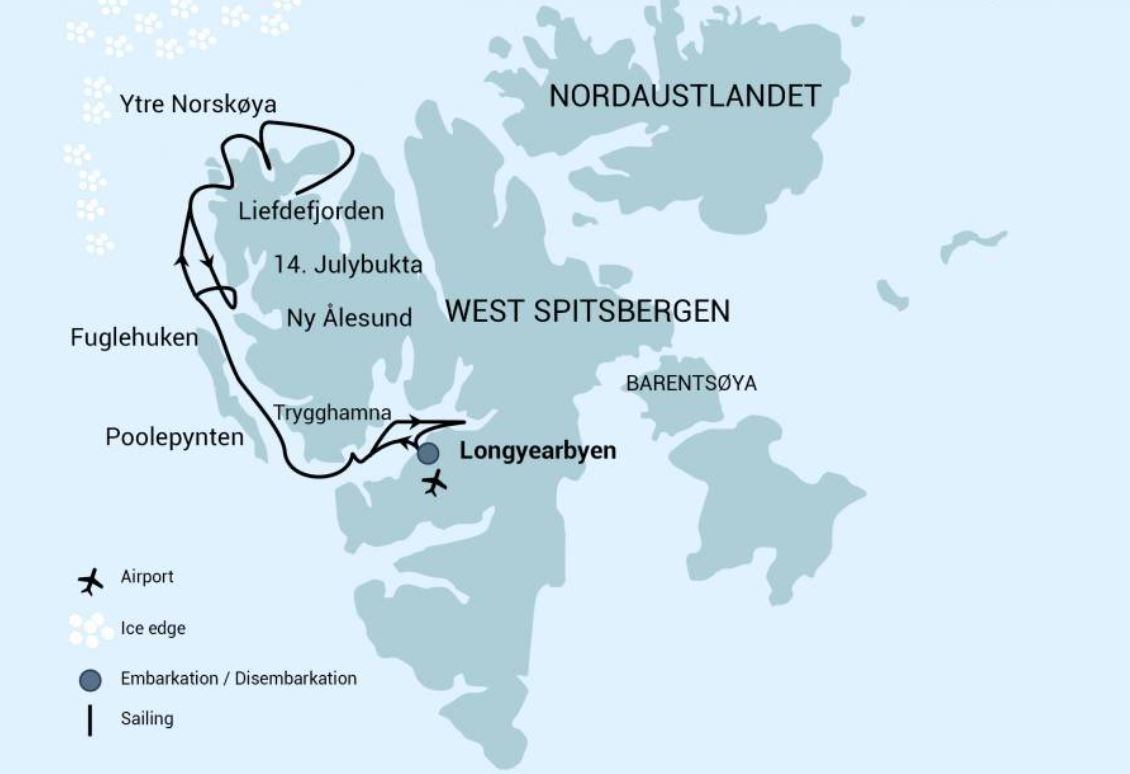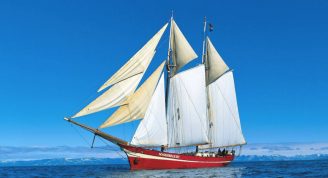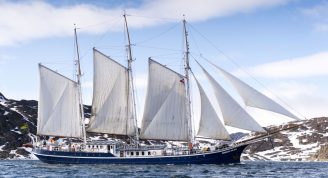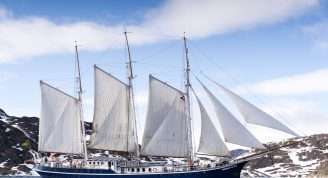Description
The North Spitsbergen cruise sails to some of the remotest locations of northern Europe. The expedition gives you the opportunity to spot historic whaling remains, glaciers, a variety of Arctic birds including the Little Auk, and polar bears.
Foxes, seabirds, and grazing reindeer
From Trygghamna you walk to Alkhornet, a large seabird cliff where the birds are scouting out breeding places. Below the cliffs is a common place to spot Arctic foxes, and you may also see reindeer grazing on the lush vegetation if there’s not too much snow.
Remains of the whalers
You sail into Fuglefjorden amid views of Svitjodbreen and Birgerbukta, both breeding areas for great skuas as well as likely spots to see a polar bear. The aim is to visit Ytre Norskøya, a small island that served for many years as a Dutch whaling lookout. Here you can still follow the whalers’ tracks to the summit of the island, passing popular bird cliffs on the way. On shore are the remains of more 17th-century blubber ovens, while Arctic skuas and common eiders breed among the graves of some two hundred Dutch whalers.
Glaciers and Raudfjord geology
Raudfjorden, on the north coast of Spitsbergen, is a fine place for gazing over the glaciers. It’s also a favorite hangout for ringed and bearded seals, colonies of seabird, and the occasional polar bear and beluga whale. Alicehamna and Buchananhalvøya are fine places for gazing over the geology of the land.
Wide open tundra
If ice conditions permit, you may land on the northern side of Graahuken, an extensive tundra area of Spitsbergen, and walk from there to Hyttesletten. The plain is a popular grazing area for reindeer, and several species of waders also breed here. Similarly, the lakes afford you a good chance of spotting red- throated divers and king eiders.
Monaco Glacier
Depending on the weather and sea ice, we could sail into Liefdefjorden, land at Texas Bar and cruise within sight of the 5-kilometer-long (3.1 miles) face of Monaco Glacier. The waters in front of this precipitous glacier are a favorite feeding spot for thousands of kittiwakes, and the base of the ice is a popular polar bear hunting ground. If ice conditions prevent us from sailing here early in the season, we may sail along the west coast of Spitsbergen.
On to the little auks
You then sail south to Magdalenafjorden, one of the glacier-filled highlights of Spitsbergen. A shore visit at Gravneset shows you the remains of 17th-century English whaling, and you can also see large colonies of little auks.
Earth’s northernmost community
You head north for Kongsfjorden and Krossfjorden. We aim to visit places of historic interest: Ny London, where you can see the remains of early 20th-century marble mining, and Ny Ålesund, the northernmost community in the world. There are also research stations and the famous anchor mast of the dirigible Norge, which took the first flight across the North Pole to Nome, Alaska in 1926. Krossfjorden offers views of colossal glaciers and lofty mountain peaks.
Walruses ashore
On your journey south, the goal is a landing in Forlandsundet at Sarstangen, a walrus haul out. Alternatively you could land on the coast of Engelskbukta. The tundra here is a fine place for a walk to Hornbaekbukta. Also at Poolepynten is a walrus haul out.
Wide tundra, towering mountains
The next stop is Bohemanflya, an expansive tundra with its own avifauna (depending on when spring arrives) and spectacular geological formations along the coast. In Gipsvika you can go on shore near Templet, a mountainous location of eroded sedimentary rock from the Upper Carboniferous period – around 290 million years ago.


